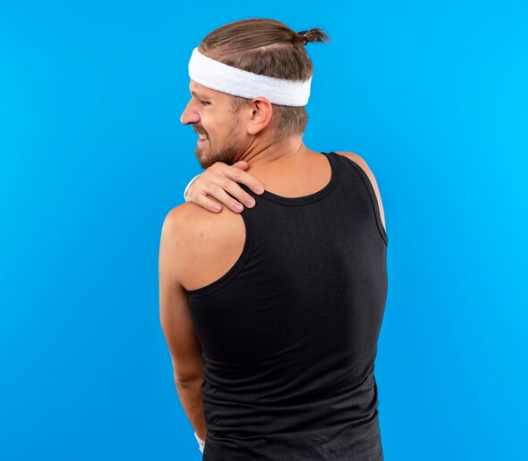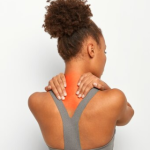 |
Shoulder blade pain can be a debilitating issue that affects your daily activities, sleep, and overall quality of life. You may feel like there’s a constant ache in between your shoulder blades and feel like you are unable to find a comfortable position to sit in. Understanding its causes, symptoms, and effective treatment options is essential for finding relief. This blog will address your shoulder blade pain and give you some effective strategies for resolving it. Initial relief strategies When experiencing shoulder blade pain, immediate relief is what you search for. Here are a couple of methods to try to…
Read More










